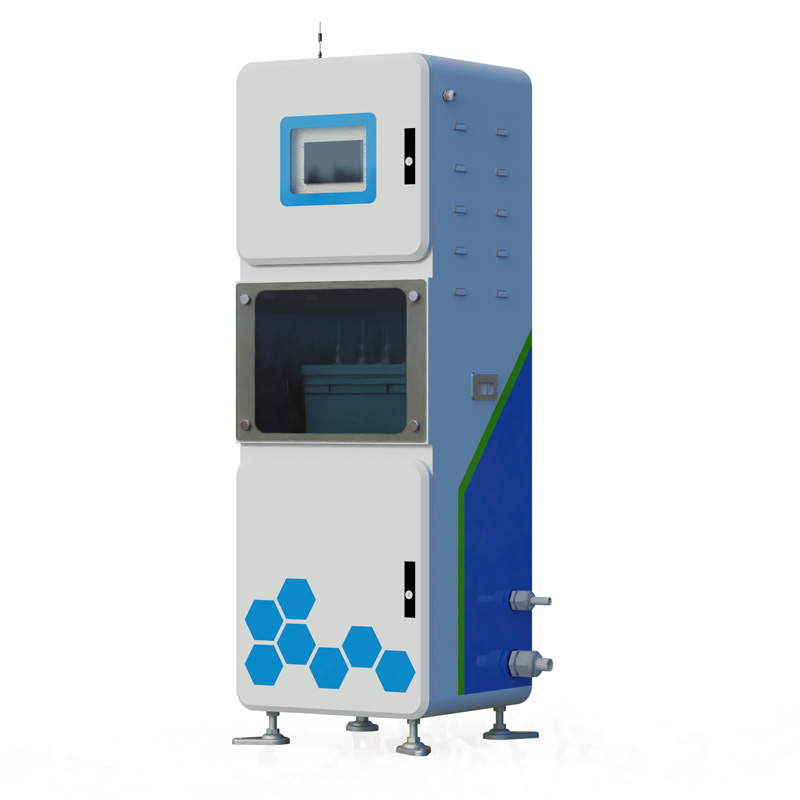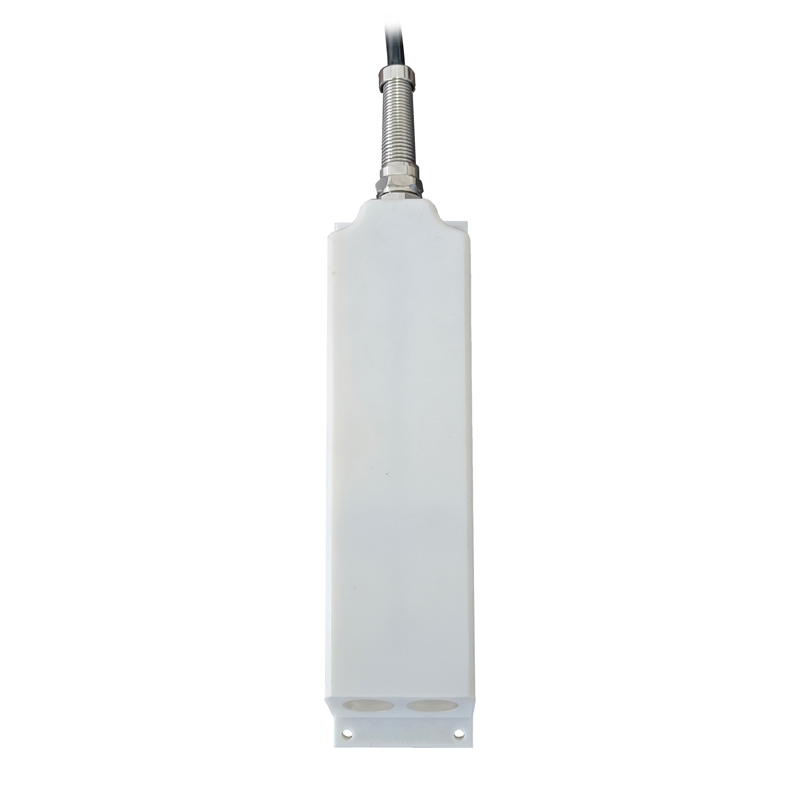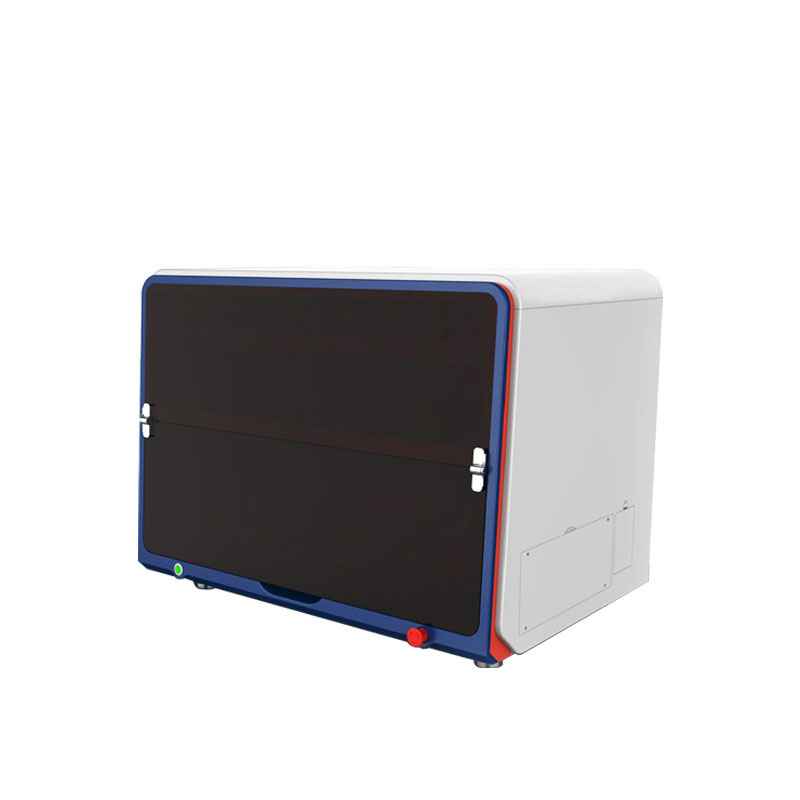What are the instruments for measuring rainfall?
In the field of meteorology and hydrology, tipping bucket rainfall sensors are the main tool for measuring rainfall. This sensor works on the principle that rainfall is collected in a small container, which is automatically tipped over when the amount of water reaches a specific threshold, thus emptying and recording the amount of rainfall. In meteorology, a tipping bucket rain sensor with an accuracy of 0.1 mm is commonly used, while in hydrology sensors with an accuracy of 0.5 mm are favoured. This design allows the tipping bucket rain sensor to accurately and automatically record rainfall events, providing reliable data support for meteorological forecasting and hydrological analyses.
The Tipping Bucket Rain Sensor is an advanced automated rainfall measurement tool that replaces traditional rain barrels and measuring cups. This sensor measures rainfall through an inbuilt tipping bucket structure. When the bucket collects a certain amount of rainwater, it flips over and sends out an electronic signal. This signal is picked up by a recorder, which automatically records the amount of rainfall. In this way, the tipping bucket rainfall sensor can continuously monitor and record the rainfall process without human intervention.
In addition to tipping bucket sensors, there are also optical sensors. The use of optics to measure the size and intensity of raindrops involves the emission of infrared light or lasers at the transmitting end, and the raindrops block these light signals as they fall. The receiving end detects the interruption of the light signals and by analysing these changes the physical characteristics of the raindrops, such as size and intensity, can be deduced.
There are also radar rain sensors, which use a small radar module to measure the speed at which raindrops fall by transmitting radar waves at 24 GHz. This sensor recognises rain, snow and hail and measures the intensity of rainfall. It is more sensitive than conventional rain gauges, detects the beginning and end of rainfall quickly and is not disturbed by debris such as leaves, and does not require anti-freeze heating.

This paper addresses:https://fengtusz.com/industry/252.html









